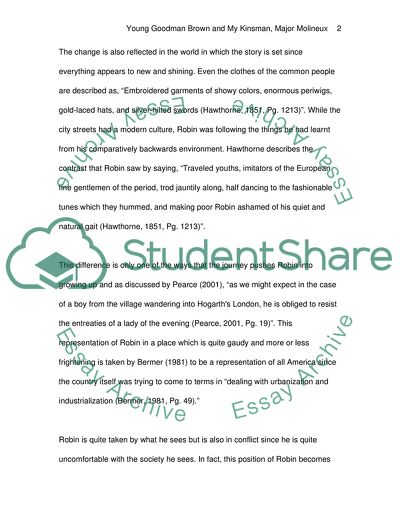Cite this document
(A Comparison of Young Goodman BrownandMy Kinsman, Major Molineux Book Report/Review, n.d.)
A Comparison of Young Goodman BrownandMy Kinsman, Major Molineux Book Report/Review. https://studentshare.org/literature/1545473-a-comparison-of-young-goodman-brownandmy-kinsman-major-molineux
A Comparison of Young Goodman BrownandMy Kinsman, Major Molineux Book Report/Review. https://studentshare.org/literature/1545473-a-comparison-of-young-goodman-brownandmy-kinsman-major-molineux
(A Comparison of Young Goodman BrownandMy Kinsman, Major Molineux Book Report/Review)
A Comparison of Young Goodman BrownandMy Kinsman, Major Molineux Book Report/Review. https://studentshare.org/literature/1545473-a-comparison-of-young-goodman-brownandmy-kinsman-major-molineux.
A Comparison of Young Goodman BrownandMy Kinsman, Major Molineux Book Report/Review. https://studentshare.org/literature/1545473-a-comparison-of-young-goodman-brownandmy-kinsman-major-molineux.
“A Comparison of Young Goodman BrownandMy Kinsman, Major Molineux Book Report/Review”. https://studentshare.org/literature/1545473-a-comparison-of-young-goodman-brownandmy-kinsman-major-molineux.


